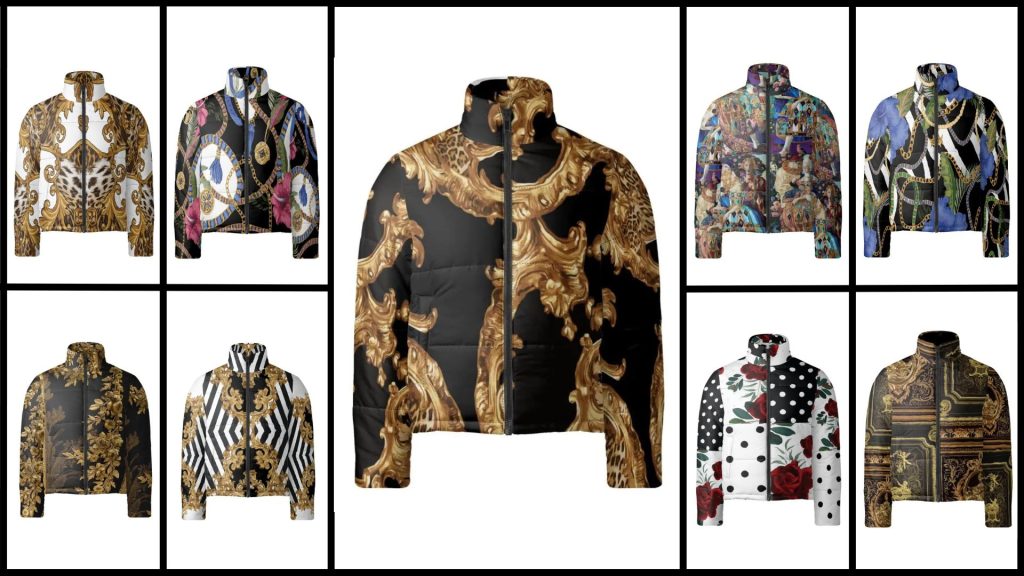Jacket Collection
The History of the Corduroy Jacket: From Workwear to Fashion Staple
The corduroy jacket has evolved from humble workwear origins to become a beloved and versatile fashion staple. Recognized for its distinctive ridged texture and durable fabric, the cord jacket has transcended its blue-collar beginnings and secured a place in high-end fashion, casual streetwear, and everything in between. But how did the corduroy jacket make such a remarkable transformation? Let’s explore its rich history, key moments of evolution, and the factors that led to its rise as a global style icon.
Early Beginnings: Corduroy Fabric’s Roots in Workwear
Corduroy, as a fabric, has been around for centuries. Its origins trace back to ancient Egypt, where a similar technique was used to create a soft, ribbed textile. However, the modern version of corduroy as we know it today—characterized by its ridged, velvety texture—first became prominent in Europe in the 18th century. The name “corduroy” is believed to have come from “corde du roi,” which means “cloth of the king” in French, though its connection to royalty is debated.
Corduroy fabric became especially popular in the 19th century, when it was primarily used for durable, affordable clothing, particularly for the working class. The fabric’s robust nature made it perfect for trousers, jackets, and coats worn by laborers, farmers, and sailors. The thick ribs of the corduroy fabric offered warmth and protection, which made it ideal for those in rugged occupations.
The Rise of the Corduroy Jacket
By the early 20th century, the corduroy jacket had emerged as a functional garment for various professions. Workers in factories, agricultural settings, and even military personnel embraced cord jackets due to their durability and ability to withstand harsh conditions. The fabric’s warmth made it a popular choice in colder climates, while its resilience to wear and tear ensured it could endure the demands of physical labor.
In the early to mid-1900s, the corduroy jacket was commonly seen as a practical, no-frills piece of clothing. The jackets were simple in design, featuring front button fastenings, large patch pockets, and a boxy silhouette. This unpretentious nature was ideal for laborers who needed something that could endure long hours on the job, whether in the fields or in factories.
Corduroy’s Journey to High Fashion
As the 20th century progressed, so did the evolving role of the corduroy jacket. In the 1960s and 1970s, corduroy made its way into mainstream fashion, particularly in youth subcultures. The material was a favorite among the counterculture movements, with the fabric’s rugged charm aligning perfectly with the rebellious attitudes of the time.
Corduroy jackets became popularized by college students and intellectuals, who wore them as part of a casual yet academic aesthetic. The garment was associated with the “preppy” look, marked by button-down shirts, chinos, and, of course, the corduroy jacket. During this period, cord jackets began to evolve from utilitarian workwear to a more fashion-forward garment, moving into retail stores and becoming available in a wider variety of cuts and colors.
The 1980s saw corduroy jacket popularity soar, especially in the fashion-forward circles of New York and London. Designers began experimenting with corduroy in different cuts and fits. The material was used not only in jackets but in pants, skirts, and even suits. Iconic figures like Elvis Presley and James Dean helped solidify corduroy’s association with classic Americana style, further elevating the fabric’s status in the world of high fashion.
Corduroy in Modern Fashion
By the late 20th and early 21st centuries, corduroy jackets had firmly established themselves as a timeless outerwear piece that could be dressed up or down depending on the occasion. In the 2000s, the jacket gained renewed popularity, particularly in streetwear and indie circles. Fashion houses began reimagining the cord jacket with new cuts, colors, and designs. Designers like Dries Van Noten, Prada, and even Gucci began incorporating the textured fabric into their collections, bringing corduroy jackets into the realm of haute couture.
The modern cord jacket is now embraced across all fashion spectrums, from high-end catwalks to casual weekend wear. Today, you’ll find cord jackets in a range of styles: from oversized, relaxed cuts to sleek, tailored versions. Whether paired with jeans, trousers, or skirts, the jacket’s versatility has allowed it to stay relevant in contemporary fashion trends.
The Appeal of the Corduroy Jacket Today
Corduroy jackets continue to hold a special place in the wardrobes of both men and women. The jacket’s unique texture makes it a standout piece that adds depth and interest to any outfit. The fabric is warm, making it perfect for fall and winter wear, while its durability ensures it can stand up to the rigors of daily use. Thanks to its rich history, the corduroy jacket carries a sense of timelessness and authenticity that makes it feel both classic and modern.
Today, the corduroy jacket is often seen in versatile colors such as browns, greens, and deep blues, as well as more vibrant hues like mustard yellow, red, and pastel shades. The material itself has also been adapted for different uses—modern iterations of the corduroy jacket may feature eco-friendly fabrics, lightweight options for warmer months, and a variety of innovative finishes to enhance comfort and sustainability.
Conclusion
From its origins as durable workwear to its rise as a fashion icon, the corduroy jacket has undergone an impressive transformation. Its rich texture, versatility, and enduring charm make it a wardrobe staple that continues to capture the hearts of fashion lovers around the world. Today, the cord jacket is celebrated not only for its historical significance but also for its ability to transcend trends, making it a timeless garment that remains relevant in every season. Whether you’re wearing it as part of a classic, preppy ensemble or incorporating it into a more modern, streetwear-inspired look, the corduroy jacket has proven it’s here to stay.

